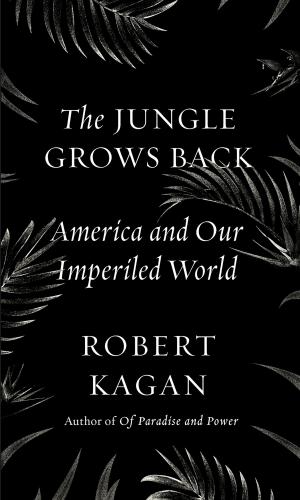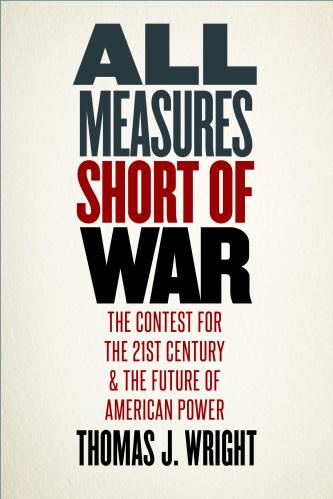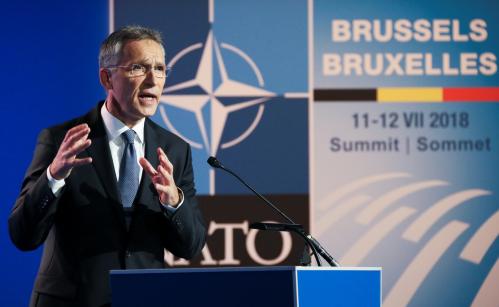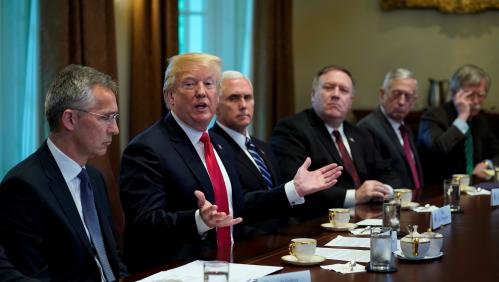As the 2018 NATO summit begins in the shadow of President Donald Trump’s letters to allies demanding greater defense spending, the issue of burden-sharing once again will dominate the agenda. Though Trump’s consistent berating of allies may indeed spur higher defense spending, effective burden-sharing depends on a foundational belief in shared interests. The administration’s “America First” outlook, however, has prioritized U.S. autonomy above all else—an approach that may maximize short-term U.S. freedom of action, but at the expense of American influence and power over the long run.
The tensions of sovereignty
Sovereignty has been the leitmotif of the Trump presidency. From the early days of his campaign, then-candidate Trump promised to “never enter America into any agreement that reduces our ability to control our own affairs.” He made headlines focusing his first U.N. speech on the concept—employing the word 21 times. The theme continues to motivate his rallies. Trump and key members of his team, like National Security Advisor John Bolton, reflect a school of hard sovereigntists who view external constraints on U.S. freedom of action as damaging to American sovereignty and interests.
Enhancing one aspect of sovereignty comes at the expense of another.
Yet, as Stewart Patrick outlines in The Sovereignty Wars, sovereignty is not a unitary concept but rather a multifaceted one, the pieces of which are often in tension with each other. Enhancing one aspect of sovereignty comes at the expense of another. In the case of alliances and burden-sharing, this tension manifests most clearly in tradeoffs between a country’s “sovereignty-as-autonomy” and “sovereignty-as-influence.” A nation, consequently, must balance its ability “to make and implement decisions independently” against whether acting alone provides an “effective capacity to advance its interests.”
From the beginning, U.S. membership in NATO has forced compromises between autonomy and influence. The United States has consistently sought engagement while jealously guarding its independence. America’s status as, in NATO’s words, “the strongest military power within the Alliance” has provided considerable U.S. leeway.
However, underlying this willingness to defer to U.S. leadership are presumed shared values and interests. This belief in common aims—and an Allied voice in defining them—has underwritten the legitimacy of U.S. leadership. Given a joint seat at the table, European nations aligned their interests with those of the United States, and thereby eased the friction between autonomy and influence.
Narrowing the gap
This alignment has not been perfect. It would be impossible to entirely remove the national differences, whether in objectives or strategy, that result in the autonomy/influence conundrum. Such divisions often have surfaced throughout the alliance’s history as burden-sharing issues. Whether European “resentment of U.S. domination of the alliance, and anger at its relentless pressure to rearm” in the midst of the Korean War or the U.S. antipathy at “the Allies’ consistent refusal to accept that the Vietnam War was part of the common defense burden,” tensions have persisted.
Nevertheless, past American presidents have actively sought to ease these divisions. Through meticulous, painstaking diplomacy of aligning policies and seeking common solutions, the United States could significantly reduce the instances in which autonomy meant acting alone. The United States gained broad European support in exchange for limited concessions, bolstering its global influence around a range of goals.
The missing bridge
Today, Trump faces a chasm at the NATO summit. Administration officials continuously seek to reassure NATO members of common interests. Assistant Secretary of State for European and Eurasian Affairs Wess Mitchell’s recent Brussels speech reaffirmed that “no two regions on earth share an alignment of values on anything remotely similar to what unites Europe and America.” Nonetheless, the president’s own actions and rhetoric offer little comfort.
Trump has shown little evidence that he believes the United States fundamentally shares interests with its allies. He is coming off a G-7 summit that he not only departed early, but also where he feuded with America’s closest partners and blocked the signing of a traditional unified joint communiqué. As Jeffrey Goldberg’s discussions with administration officials suggest, the Trump approach is one of “No Friends, No Enemies,” where past collaboration shouldn’t “factor into the equation.”
Such behavior undercuts the fragile balance that reduces the strains of the autonomy/influence dilemma—and thereby the rationale for effective burden-sharing. So long as Washington pursues a narrowly defined agenda to which allies have minimal input, then European leaders have little reason to see their national interests as aligned with those of the United States. Without this shared map, toward what common challenges are they then to direct their increased spending?
Without this shared map, toward what common challenges are they then to direct their increased spending?
Allies in what?
Rather, a United States operating, as Robert Kagan recently described it, as a “rogue superpower…active, powerful and entirely out for itself,” offers European nations diminishing incentives to build their strategic planning and defense spending around cooperation with Washington. This will not end transatlantic security collaboration overnight. In a period of resurgent great power competition, American allies have sufficient challenges in their own neighborhoods to make them pause before abandoning partnership with the United States.
However, suspicion, and even hedging, will begin eventually. Such an environment can only stymie progress on meaningful and necessary burden-sharing proposals by eroding the strategic framework in which any improvements would transpire.
Tangible initiatives, like those outlined in a Center for New American Security report in advance of the summit, to adapt the alliance to a changing geopolitical landscape will founder on the shoals of sovereignty. So long as the administration prioritizes sovereign autonomy, rather than exchange a degree of independence for influence, cooperation and burden-sharing between the United States and Europe will rest on a hollow foundation.
As the president arrives at the summit, he is poised to continue to stoke transatlantic division. He would be better served by appreciating that, as a recent open letter articulated, successful policy depends not only on “if all Allies fulfil their commitments,” but also if they “share a common vision for the future of the world’s most important alliance.”
Lacking such a vision, there will be little joint burden to share.
The Brookings Institution is committed to quality, independence, and impact.
We are supported by a diverse array of funders. In line with our values and policies, each Brookings publication represents the sole views of its author(s).









Commentary
Sharing the burden without sharing a strategy
July 10, 2018